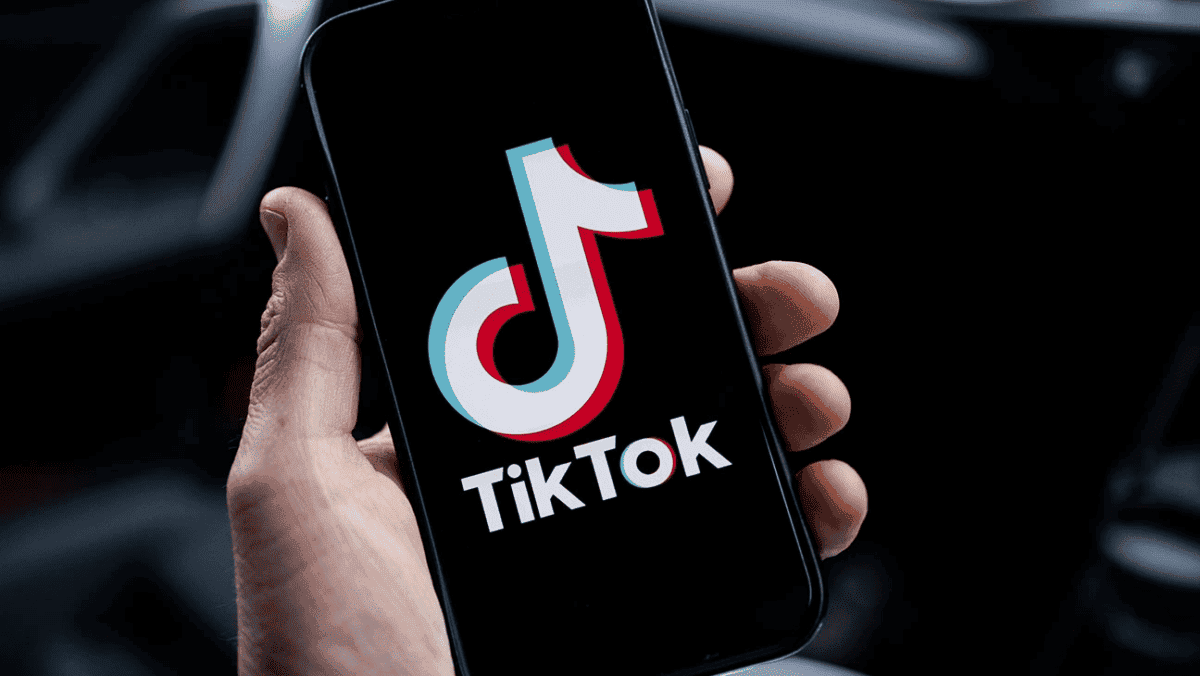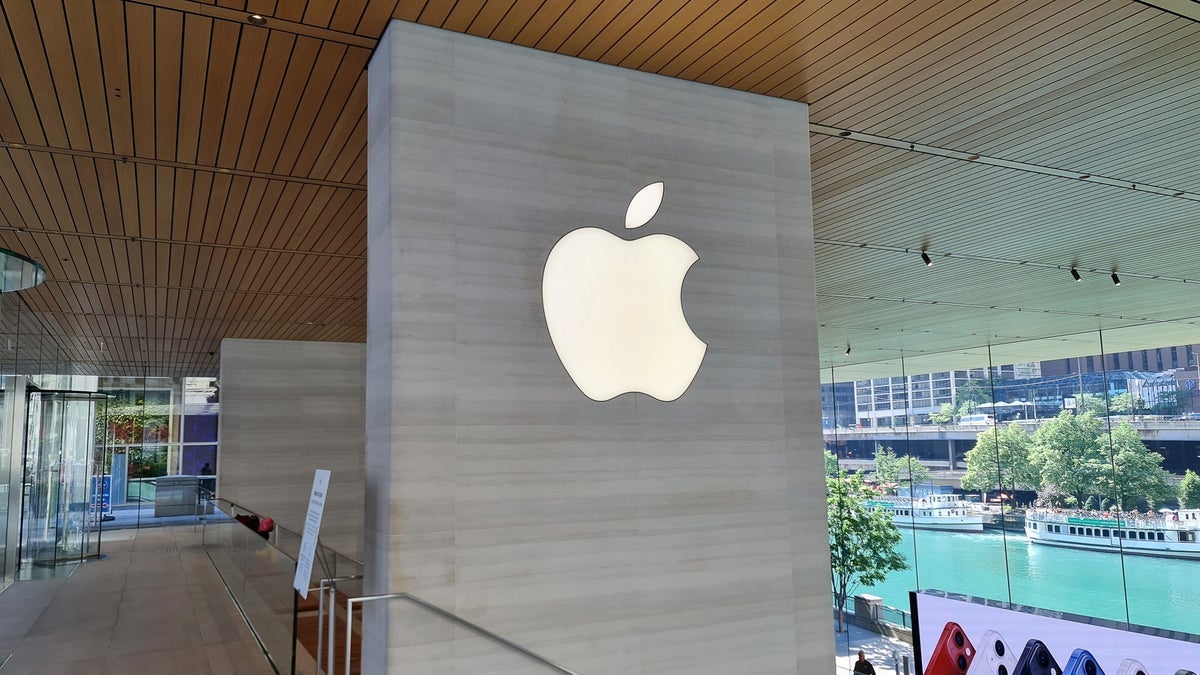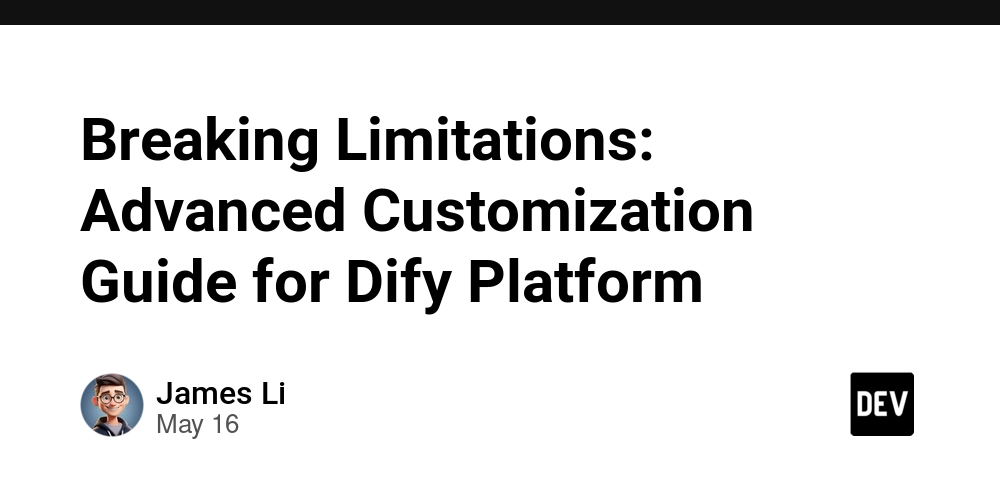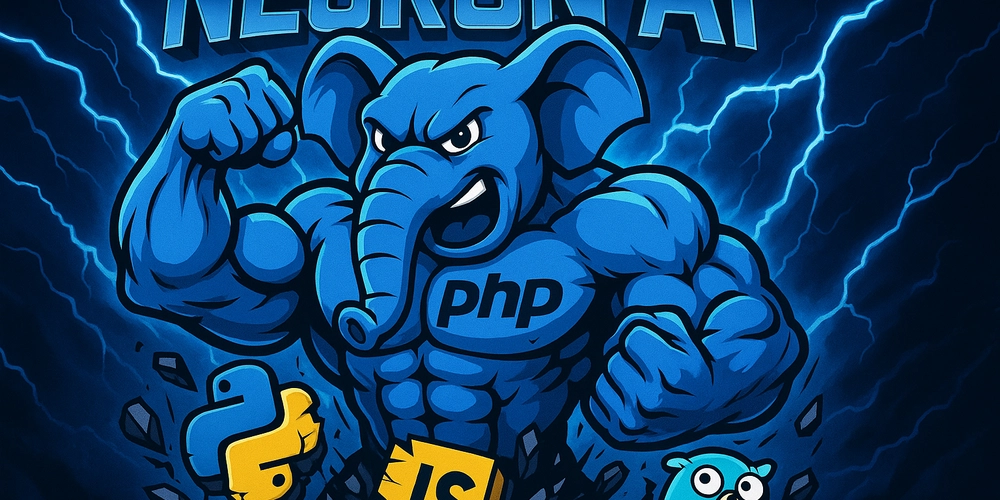Unveiling Mozilla Public License 1.1: A Comprehensive Exploration of Innovations, Challenges, and Future Trends
Abstract This post delves into the Mozilla Public License 1.1 (MPL 1.1) in depth by providing historical background, key concepts, practical applications, challenges regarding dual licensing and exploitation, and future outlooks in the evolving open source ecosystem. We explore MPL 1.1’s role as a balanced license that supports both community collaboration and proprietary integration, while also comparing it against alternative frameworks. In addition, this post examines related innovations—including blockchain-driven fair code compensation models—and integrates insights from authoritative sources and industry experts. Introduction The world of open source software thrives on clear, fair, and sustainable licensing models. Among these, the Mozilla Public License 1.1 (MPL 1.1) has emerged as a notable solution that balances permitting proprietary integration with preserving open source modifications. As developers and organizations seek legally robust frameworks, understanding MPL 1.1 and its place in the larger licensing ecosystem is paramount. This article provides an analytical review to help you navigate the complexities and potential innovations in open source licensing. Background and Context MPL 1.1 was created by the Mozilla Foundation to address the need for transparency and fairness in code contributions. Historically, the open source community leaned towards very permissive licenses such as the MIT License or strongly protective ones like the GNU GPL v3. However, these extremes did not always meet the nuanced needs of developers who sought legal clarity without sacrificing commercial opportunities. Key historical aspects include: Emergence: Born in the early 2000s, MPL 1.1 was designed as a middle way. It mandates that file-level modifications remain open, yet it allows developers to combine these modules in proprietary systems. Ecosystem Context: The license emerged at a time when legal frameworks for open source were being contested as software projects rapidly scaled and diversified. Community Influence: Discussions on platforms like Hacker News, Stack Overflow, and Reddit Open Source have shaped many opinions about the benefits and shortcomings of MPL 1.1. This background frames MPL 1.1 as a pioneering tool, bridging the gap between classic copyleft and permissive approaches. For a detailed original perspective, check out this comprehensive summary of MPL 1.1. Core Concepts and Features MPL 1.1 is unique for its hybrid approach that marries openness with flexibility. Here we outline its core features and domain-specific benefits: File-Level Copyleft: The license requires that changes to individual source files are made available to the community, ensuring transparency without forcing the entire project to be open-sourced. Proprietary Integration: It enables the integration of MPL-licensed code into larger proprietary systems, opening pathways for commercial innovation. Legal Robustness: Clear legal definitions and requirements reduce ambiguity, helping protect both developers and organizations from potential disputes. Balanced Ecosystem: By straddling the line between strict and permissive licenses, MPL 1.1 promotes sustained community contributions while allowing organizations to benefit commercially. Below is a concise table comparing key aspects of MPL 1.1 with other popular licenses: Feature MPL 1.1 MIT License GNU GPL v3 Copyleft Level File-level copyleft Permissive Strong viral copyleft Proprietary Integration Allowed (with modified files open) Fully allowed Not allowed Legal Clarity Moderately clear with defined conditions Very simple and clear Complex and rigid Community Protection Encourages sharing modifications Minimal protection Ensures all derivatives are open Additionally, key lexicon terms include legal clarity, open source sustainability, and commercial flexibility—each vital for balancing both developer rights and business interests. Applications and Use Cases MPL 1.1 has been used in many high-profile projects and diverse application scenarios. Here are a few practical examples: Mozilla Firefox: Perhaps the most iconic example, Firefox leverages MPL 1.1 to foster community improvements while permitting the integration of proprietary enhancements. Embedded Systems and Collaborative Tools: Various embedded systems and collaborative software projects use MPL 1.1 for its balanced requirements, enabling rapid innovations without compromising core module openness. Hybrid Commercial Ventures: Organizations seeking to protect their intellectual property while relying on community-driven innovations often choose MPL 1.1. This choice helps secure investor confidence and fosters sustainable business models. To learn more about related integrations, check out insights on Arbitrum and open source license compatibility and dual licensing approaches. Bullet List: Key Applicati
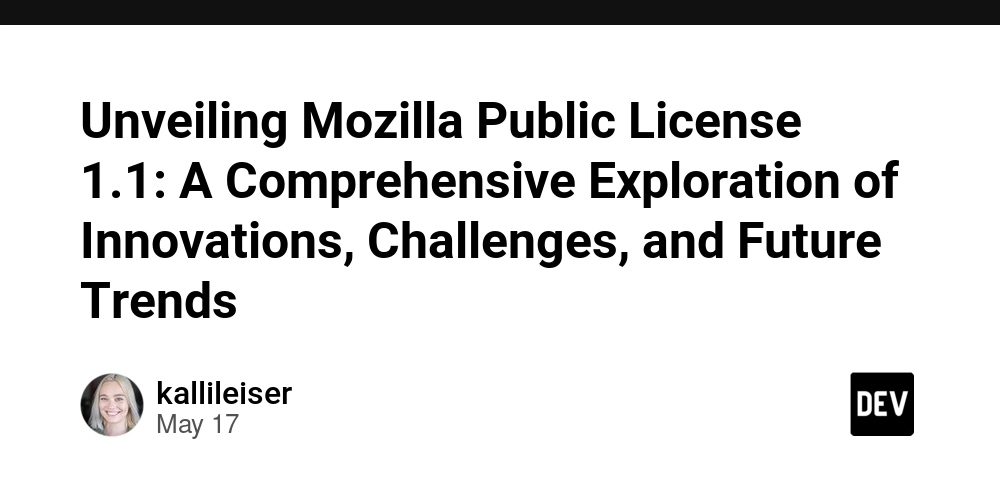
Abstract
This post delves into the Mozilla Public License 1.1 (MPL 1.1) in depth by providing historical background, key concepts, practical applications, challenges regarding dual licensing and exploitation, and future outlooks in the evolving open source ecosystem. We explore MPL 1.1’s role as a balanced license that supports both community collaboration and proprietary integration, while also comparing it against alternative frameworks. In addition, this post examines related innovations—including blockchain-driven fair code compensation models—and integrates insights from authoritative sources and industry experts.
Introduction
The world of open source software thrives on clear, fair, and sustainable licensing models. Among these, the Mozilla Public License 1.1 (MPL 1.1) has emerged as a notable solution that balances permitting proprietary integration with preserving open source modifications. As developers and organizations seek legally robust frameworks, understanding MPL 1.1 and its place in the larger licensing ecosystem is paramount. This article provides an analytical review to help you navigate the complexities and potential innovations in open source licensing.
Background and Context
MPL 1.1 was created by the Mozilla Foundation to address the need for transparency and fairness in code contributions. Historically, the open source community leaned towards very permissive licenses such as the MIT License or strongly protective ones like the GNU GPL v3. However, these extremes did not always meet the nuanced needs of developers who sought legal clarity without sacrificing commercial opportunities.
Key historical aspects include:
- Emergence: Born in the early 2000s, MPL 1.1 was designed as a middle way. It mandates that file-level modifications remain open, yet it allows developers to combine these modules in proprietary systems.
- Ecosystem Context: The license emerged at a time when legal frameworks for open source were being contested as software projects rapidly scaled and diversified.
- Community Influence: Discussions on platforms like Hacker News, Stack Overflow, and Reddit Open Source have shaped many opinions about the benefits and shortcomings of MPL 1.1.
This background frames MPL 1.1 as a pioneering tool, bridging the gap between classic copyleft and permissive approaches. For a detailed original perspective, check out this comprehensive summary of MPL 1.1.
Core Concepts and Features
MPL 1.1 is unique for its hybrid approach that marries openness with flexibility. Here we outline its core features and domain-specific benefits:
- File-Level Copyleft: The license requires that changes to individual source files are made available to the community, ensuring transparency without forcing the entire project to be open-sourced.
- Proprietary Integration: It enables the integration of MPL-licensed code into larger proprietary systems, opening pathways for commercial innovation.
- Legal Robustness: Clear legal definitions and requirements reduce ambiguity, helping protect both developers and organizations from potential disputes.
- Balanced Ecosystem: By straddling the line between strict and permissive licenses, MPL 1.1 promotes sustained community contributions while allowing organizations to benefit commercially.
Below is a concise table comparing key aspects of MPL 1.1 with other popular licenses:
| Feature | MPL 1.1 | MIT License | GNU GPL v3 |
|---|---|---|---|
| Copyleft Level | File-level copyleft | Permissive | Strong viral copyleft |
| Proprietary Integration | Allowed (with modified files open) | Fully allowed | Not allowed |
| Legal Clarity | Moderately clear with defined conditions | Very simple and clear | Complex and rigid |
| Community Protection | Encourages sharing modifications | Minimal protection | Ensures all derivatives are open |
Additionally, key lexicon terms include legal clarity, open source sustainability, and commercial flexibility—each vital for balancing both developer rights and business interests.
Applications and Use Cases
MPL 1.1 has been used in many high-profile projects and diverse application scenarios. Here are a few practical examples:
- Mozilla Firefox: Perhaps the most iconic example, Firefox leverages MPL 1.1 to foster community improvements while permitting the integration of proprietary enhancements.
- Embedded Systems and Collaborative Tools: Various embedded systems and collaborative software projects use MPL 1.1 for its balanced requirements, enabling rapid innovations without compromising core module openness.
- Hybrid Commercial Ventures: Organizations seeking to protect their intellectual property while relying on community-driven innovations often choose MPL 1.1. This choice helps secure investor confidence and fosters sustainable business models.
To learn more about related integrations, check out insights on Arbitrum and open source license compatibility and dual licensing approaches.
Bullet List: Key Applications of MPL 1.1
- Web Browsers: Many open source browsers have adopted MPL 1.1.
- Software Libraries: Common libraries prefer MPL 1.1 for its moderation.
- Enterprise Solutions: Corporations integrate MPL-licensed modules for added security and transparency.
- IoT and Embedded Systems: The file-level copyleft suits platforms needing rapid updates and modifications.
Challenges and Limitations
While MPL 1.1 offers a balanced licensing approach, it also entails some challenges:
- Dual Licensing Complications: MPL 1.1 does not natively support dual licensing strategies. This often forces project maintainers to navigate legal complexities if they aim for a separate commercial licensing model.
- Exploitation Risks: Since the license mandates open modifications only at the file level, proprietary modules can sometimes be bundled without adequate exposure of underlying changes. This gap can lead to potential exploitation, where large companies capitalize on community contributions without fair rewards.
- Compatibility Issues: Mixing MPL 1.1 with other licenses in a multi-component project can lead to legal ambiguities, especially when proprietary and open-source code intermingle.
- Lack of In-built Compensation Mechanisms: Unlike emerging blockchain-based alternatives (e.g., OCTL’s proposals), MPL 1.1 does not incorporate direct compensation models to ensure developer remunerations upon commercial use.
In summary, these challenges have sparked ongoing community debates, particularly on platforms like Stack Overflow and Hacker News.
Future Outlook and Innovations
Looking ahead, several trends may significantly shape the evolution of open source licensing:
- Blockchain-Based Fair Compensation: Innovative models, such as OCTL’s blockchain-based fair code systems, aim to integrate automated compensation for developers. This ensures that contributors receive due recognition and payment when their code is commercially exploited.
- Enhanced Dual Licensing Models: Future versions may explicitly support dual licensing. This would allow projects to benefit commercially without compromising community values—a topic discussed in dual licensing deep dives on Dev.to.
- Increased Legal Harmonization: As open source projects scale globally, harmonized legal models may ease integration challenges across jurisdictions. Initiatives such as those by the Mozilla Foundation continue to refine these practices.
- Emergence of Hybrid Licensing Models: Future innovations may merge file-level copyleft principles with emerging business models (e.g., blockchain tokenization, open source pledges, sponsorship tiers) to reinforce both community and commercial interests.
- Collaborative Funding Strategies: Growing reliance on platforms like GitHub Sponsors and decentralization tools will further enable developer grants and community funding. For further inspiration on funding models, read the post Empowering blockchain projects through donations: A holistic overview.
Table: Comparison of Future Licensing Trends
| Future Trend | Potential Benefits | Challenges |
|---|---|---|
| Blockchain-Based Compensation | Automated payouts, enhanced fairness | Complexity, blockchain integration issues |
| Enhanced Dual Licensing | Greater commercial flexibility, separate proprietary paths | Legal reconciliation, clarity in terms |
| Legal Harmonization | Simplified cross-border use, unified compliance | Diverse legal frameworks, regional differences |
| Hybrid Innovative Models | Merging open collaboration with monetization strategies | Balancing community ethos with revenue demands |
| Collaborative Funding Strategies | Improved funding security, wider participation | Requires sustained community commitment |
These evolving trends underscore a push towards an open source ecosystem where community contributions are not only acknowledged but appropriately rewarded.
Summary
MPL 1.1 stands as a cornerstone in the realm of open source licenses. Its balanced approach—mandating that modifications remain open while allowing proprietary integration—offers a unique middle ground in the licensing spectrum. Our discussion has touched on these key areas:
- Historical Context and Background: MPL 1.1 emerged to solve the challenges posed by extreme models and to foster innovation.
- Core Concepts and Features: With file-level copyleft and legal robustness, MPL 1.1 strikes a beneficial balance.
- Applications and Use Cases: From Mozilla Firefox to various proprietary integrations, MPL 1.1 underpins diverse applications.
- Challenges and Limitations: The absence of robust dual licensing support and potential exploitation risks highlight areas for development.
- Future Outlook and Innovations: Blockchain-driven compensation, enhanced dual licensing models, and collaborative funding strategies promise to shape the future of open source licensing.
As the landscape evolves, contributions from communities and organizations alike will continue to drive discussions around fairness, sustainability, and innovation in open source licensing.
For those keen on exploring more about open source licensing trends and alternatives, please visit License Token and review detailed insights such as the Original MPL 1.1 Summary.
Additional Resources and Related Readings
- Mozilla Foundation Official Site provides further context on Mozilla’s licensing efforts.
- Open Source Licenses covers broad licensing topics and comparisons.
- Empowering Blockchain Projects Through Donations: A Holistic Overview gives insights into community funding models in open source.
- Unveiling the Secrets of Dual Licensing explores innovative approaches that complement MPL 1.1.
Conclusion
The Mozilla Public License 1.1 remains a landmark in open source licensing. Through its balanced framework, it has enabled developers to share their code openly while still providing avenues for commercial integration. As we move forward, evolving funding mechanisms and innovative licensing models will likely further enhance fairness and sustainability in the open source community. Whether you are a developer exploring new projects or an organization seeking secure and flexible licensing models, understanding MPL 1.1 and its limitations is critical for making informed decisions in an ever-changing digital landscape.
Stay informed and keep exploring how innovations in licensing models—like blockchain-based fair code approaches—are shaping the future of open source software.











































































































































































![[The AI Show Episode 146]: Rise of “AI-First” Companies, AI Job Disruption, GPT-4o Update Gets Rolled Back, How Big Consulting Firms Use AI, and Meta AI App](https://www.marketingaiinstitute.com/hubfs/ep%20146%20cover.png)















































































































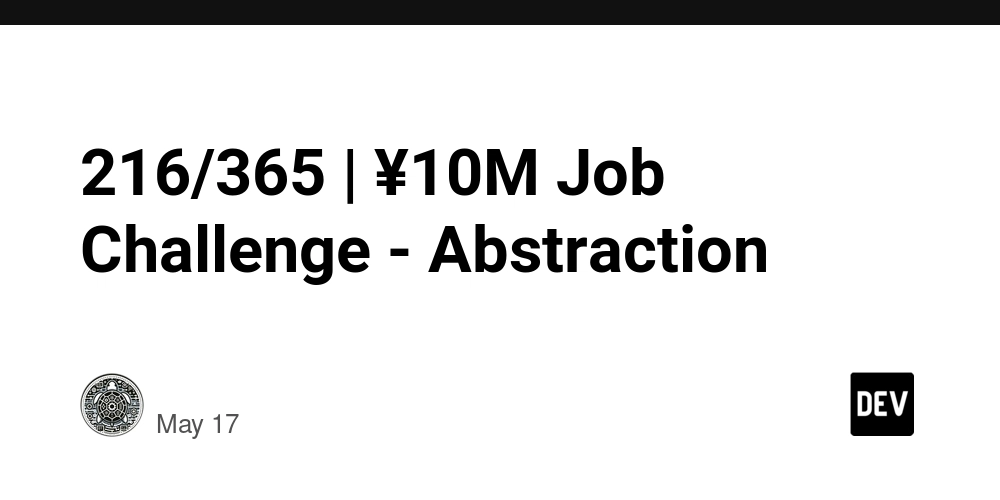
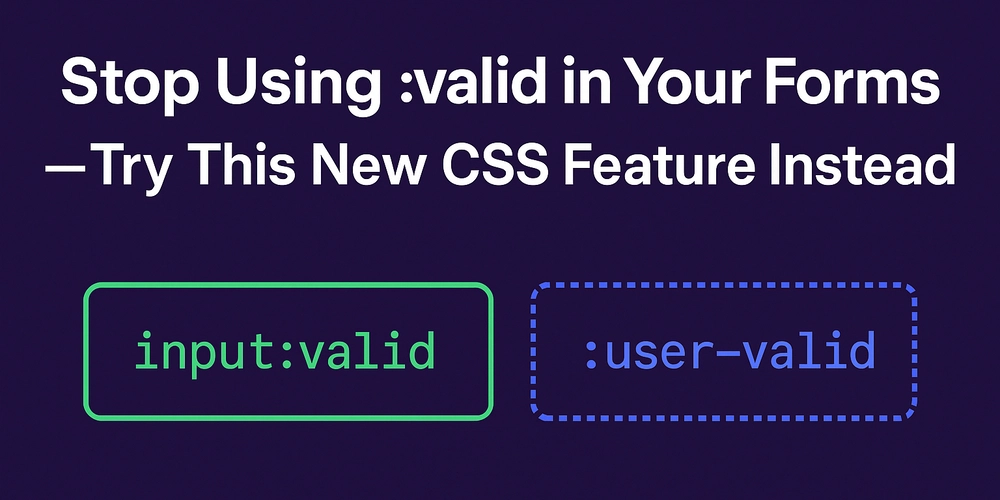
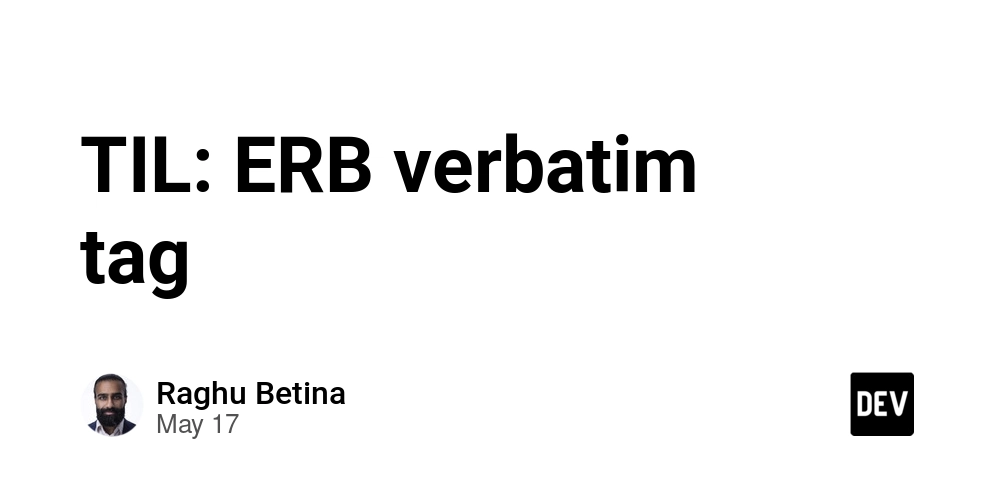










![[FREE EBOOKS] Modern Generative AI with ChatGPT and OpenAI Models, Offensive Security Using Python & Four More Best Selling Titles](https://www.javacodegeeks.com/wp-content/uploads/2012/12/jcg-logo.jpg)




![How to make Developer Friends When You Don't Live in Silicon Valley, with Iraqi Engineer Code;Life [Podcast #172]](https://cdn.hashnode.com/res/hashnode/image/upload/v1747360508340/f07040cd-3eeb-443c-b4fb-370f6a4a14da.png?#)










































































































































![[Virtual Event] Strategic Security for the Modern Enterprise](https://eu-images.contentstack.com/v3/assets/blt6d90778a997de1cd/blt55e4e7e277520090/653a745a0e92cc040a3e9d7e/Dark_Reading_Logo_VirtualEvent_4C.png?width=1280&auto=webp&quality=80&disable=upscale#)















































































-xl-(1)-xl-xl.jpg)














![How to upgrade the M4 Mac mini SSD and save hundreds [Video]](https://i0.wp.com/9to5mac.com/wp-content/uploads/sites/6/2025/05/M4-Mac-mini-SSD-Upgrade-Tutorial-2TB.jpg?resize=1200%2C628&quality=82&strip=all&ssl=1)














![iPhone 17 Air Could Get a Boost From TDK's New Silicon Battery Tech [Report]](https://www.iclarified.com/images/news/97344/97344/97344-640.jpg)
![Vision Pro Owners Say They Regret $3,500 Purchase [WSJ]](https://www.iclarified.com/images/news/97347/97347/97347-640.jpg)
![Apple Showcases 'Magnifier on Mac' and 'Music Haptics' Accessibility Features [Video]](https://www.iclarified.com/images/news/97343/97343/97343-640.jpg)
![Sony WH-1000XM6 Unveiled With Smarter Noise Canceling and Studio-Tuned Sound [Video]](https://www.iclarified.com/images/news/97341/97341/97341-640.jpg)















































